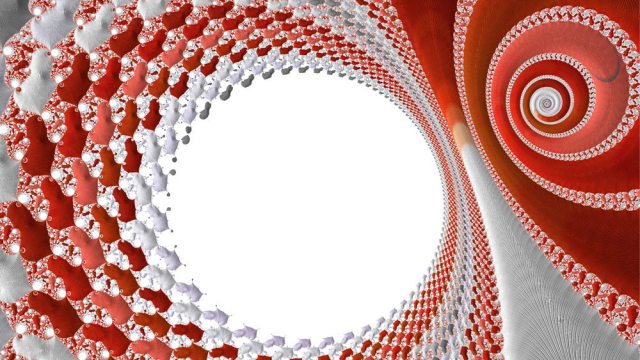In September, the Chinese Academy of Sciences president Chunli Bai, and President Anton Zeilinger of the Austria Academy of Sciences in Vienna, made the first quantum-secured video call. But when will you get to take part in this? Will there ever be a secure quantum Slack at your workplace?
Image: Kevin Dooley/Flickr
A team of researchers in the United Kingdom has done the calculations they think will help extend these super-secure quantum video calls to networks larger than two people. You shouldn’t expect to chat in a quantum-secured Slack app any time soon, but just know that people are working on these things.
“Currently you can use quantum communication to communicate between two people,” study author Ciarán Lee from University College, London told Gizmodo. “But these methods weren’t extendable to a large network. If you want multiple people to communicate at once, you need other techniques. Our work shows how you can generalize previous work to allow multiple people to communicate.”
If this is gibberish to you, let’s start with the basics. The maths of quantum mechanics say that once particles interact, they share an eerie connection no matter how far apart you separate them. In regular physics, it’s like if you have one of blue ball and one red ball, each in a bag so you can’t tell which is which. If you and a friend both took one of the bags to opposite ends of the Earth, you could immediately tell what their colour their ball was by looking at your own.
In quantum mechanics, both bags instead can contain balls that are simultaneously red and blue – until you open the bag. Once you look in the bag, the ball becomes red and the one in your friend’s bag becomes blue, or vice versa. It seems like some information about measuring the ball instantly travelled to the other bag and told it to take on the opposite value. Einstein called this effect “spooky action at a distance”. (Thanks to Christine Muschik from the University of Waterloo Institute for Quantum Computing who helped me get this right).
When scientists try to measure this effect, they do it statistically, using a lot of particles like photons with two different values of an innate property. Information about the particles is plugged into a mathematical equation called “Bell’s inequality”. Filling in its blanks with sets of unrelated particles (particles that aren’t entangled) makes the equation return a “true” value. But entangled particles will violate Bell’s inequality, causing it to return a “false” value. To return to the red and blue ball example: Let’s say there was someone in the middle you didn’t know about, looking at the coloured balls before they got to you – then your network would be insecure and would no longer violate Bell’s inequality.
You can take advantage of this eerie setup to create a secure network between two people – essentially, if you’re linked by entangled particles, maybe you can have a Bell’s inequality checker in your communication network that tells you whether your system is secure (particles entangled) or insecure (a third party has hacked the system, breaking the link). Lee’s paper, published in Physical Review Letters, extends the mathematics of these systems, so perhaps this quantum checker can use particles entangled among lots of computers. Maybe your quantum Slack chat will have a little green light letting you know your network is secure, and it turns red if someone else is listening in.
Of course, this is all mathematical right now. As is, these quantum communications systems are really static-y – it would be hard to see clearly whether the ball was red or blue, in our example – and there’s no experimental test that Lee’s idea will even work. “What would be really nice is an attempt to implement these protocols on real-world network,” he said. He pointed out that companies such as Toshiba have quantum communications labs in the UK, and that it would be cool to try and implement a proof-of-concept experiment.
In the mean time, others are performing two-person experiments – you may have heard of China’s Micius satellite, which is setting up that link between Earth and space. This stuff is really far off – but just know people are working on it, and one day your grandkids might be chatting with each other on a secure quantum system.
[Physical Review Letters via UCL]
